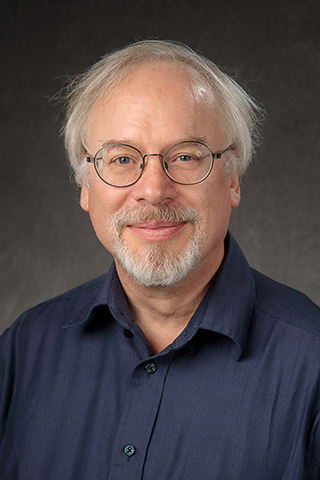Christopher Schardl

Last Revised: Sep 6th, 2024
Professional Biography
Professor
Focus
Research
The Schardl lab focuses on heritable mutualistic symbioses between plants and seed-borne fungal symbionts (endophytes). The fungi protect plants from insects, drought and other stresses. We have discovered genes for synthesis of protective alkaloids including ergot alkaloids used in numerous pharmaceuticals, and the broadly anti-insect loline and pyrrolizidine alkaloids. To understand the evolution of the endophytes and their alkaloid genes, we have identified and described dozens of endophyte species and sequenced dozens of genomes and transcriptomes. We are also using this information to understand the basis for host-endophyte compatibility and vertical (seed) transmissibility that are crucial for maintaining mutualistically beneficial symbioses.
Teaching
- PPA 670: Plant Bacteriology
Employment Highlights
- Professor, University of Kentucky, 1997-present
- Associate Professor, University of Kentucky, 1992-1997
- Assistant Professor, University of Kentucky, 1985-1992
- Postdoctoral Scholar, Plant Breeding Institute, Cambridge, England, 1983-1985
Awards, Recognition, Service
- Fellow, American Phytopathological Society
- Fellow, Mycological Society of America
- University of Kentucky President’s Award for Diversity
- Honorable Order of Kentucky Colonels
- Harry E. Wheeler Chair in Plant Mycology
- Gamma Sigma Delta George Mitchell, Jr. Award for Outstanding Service to Graduate Students, University of Kentucky
- Thomas Poe Cooper Award for Research in Agriculture, University of Kentucky
- Gamma Sigma Delta
- Sigma Xi
Editorial Boards
- Mycologia
